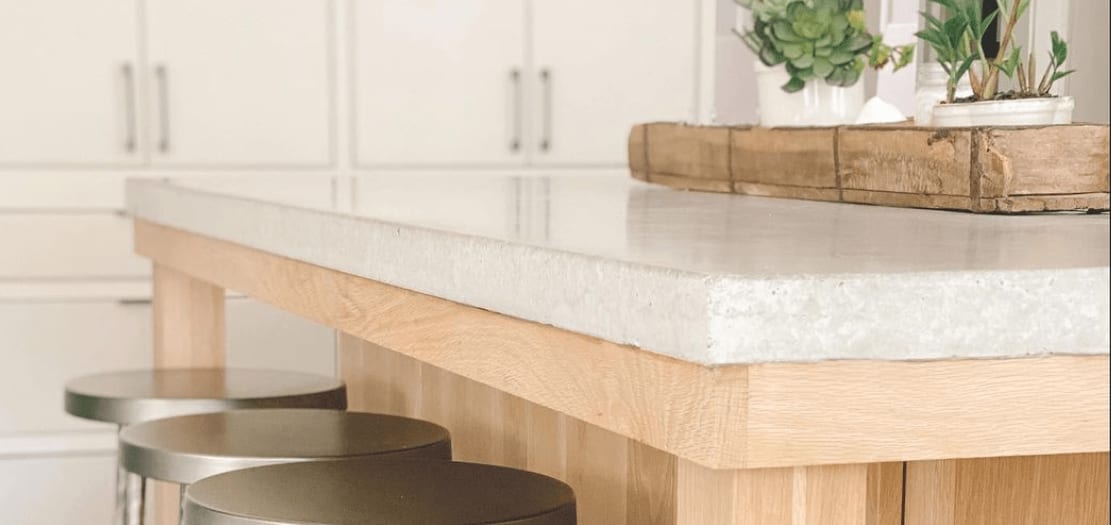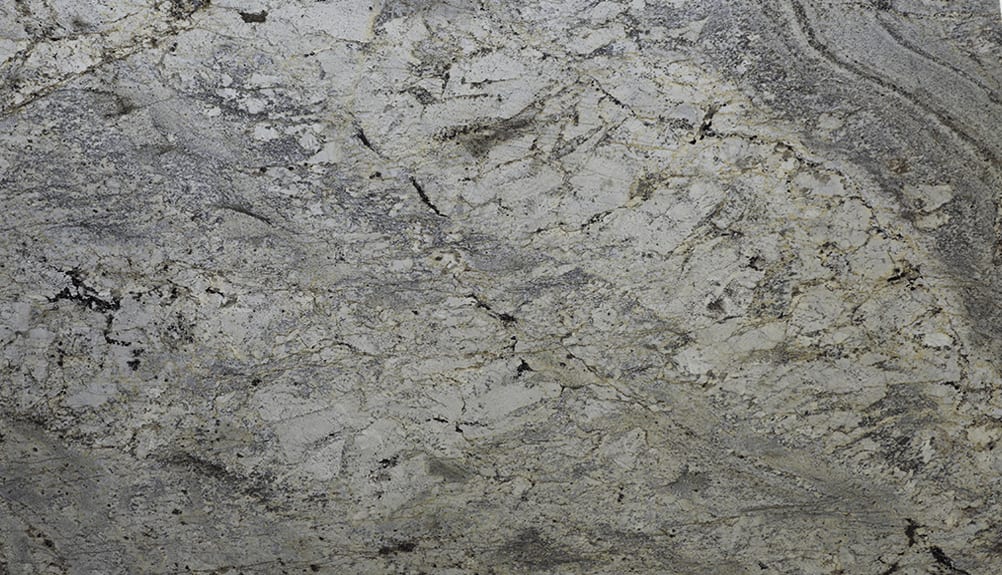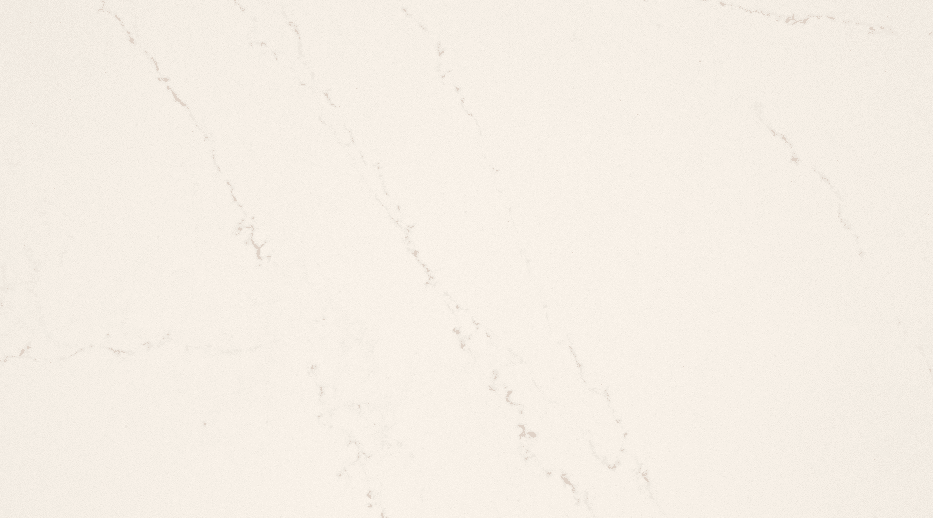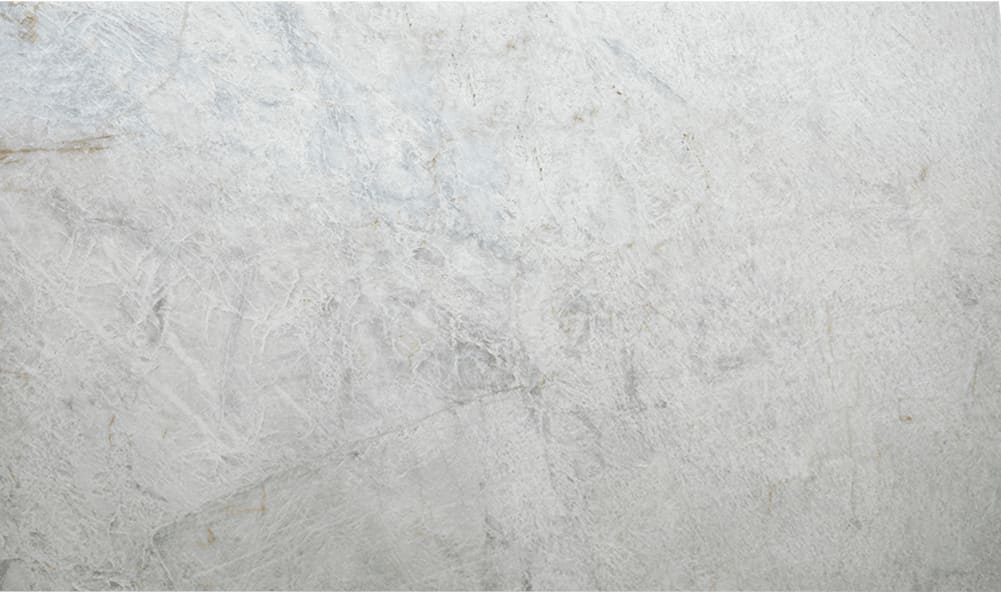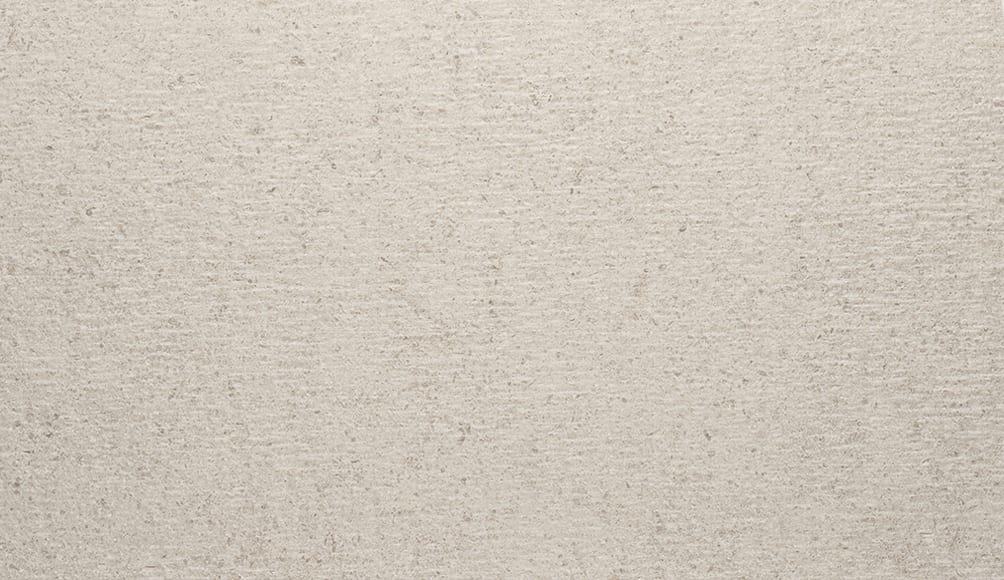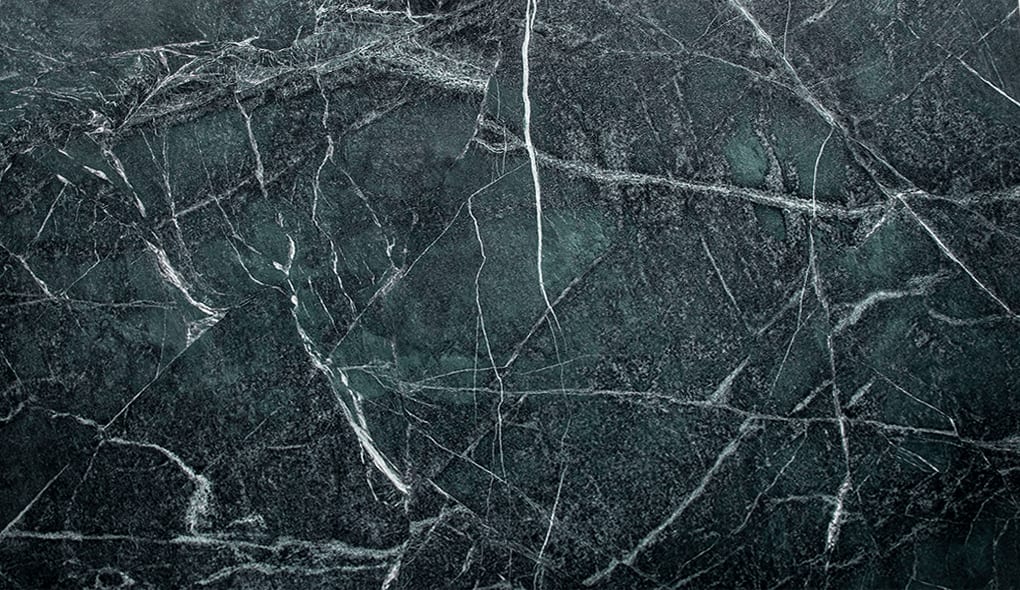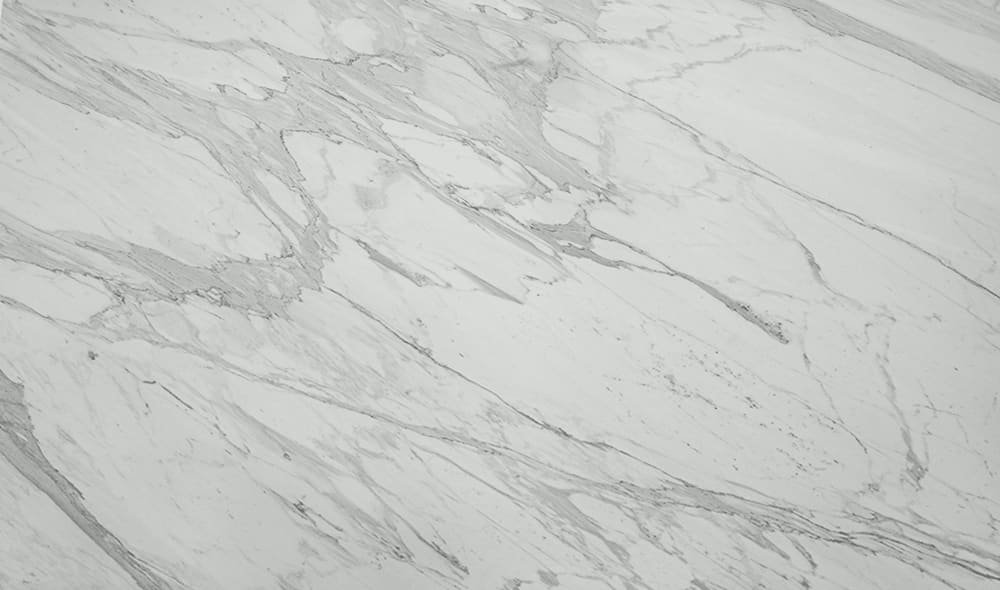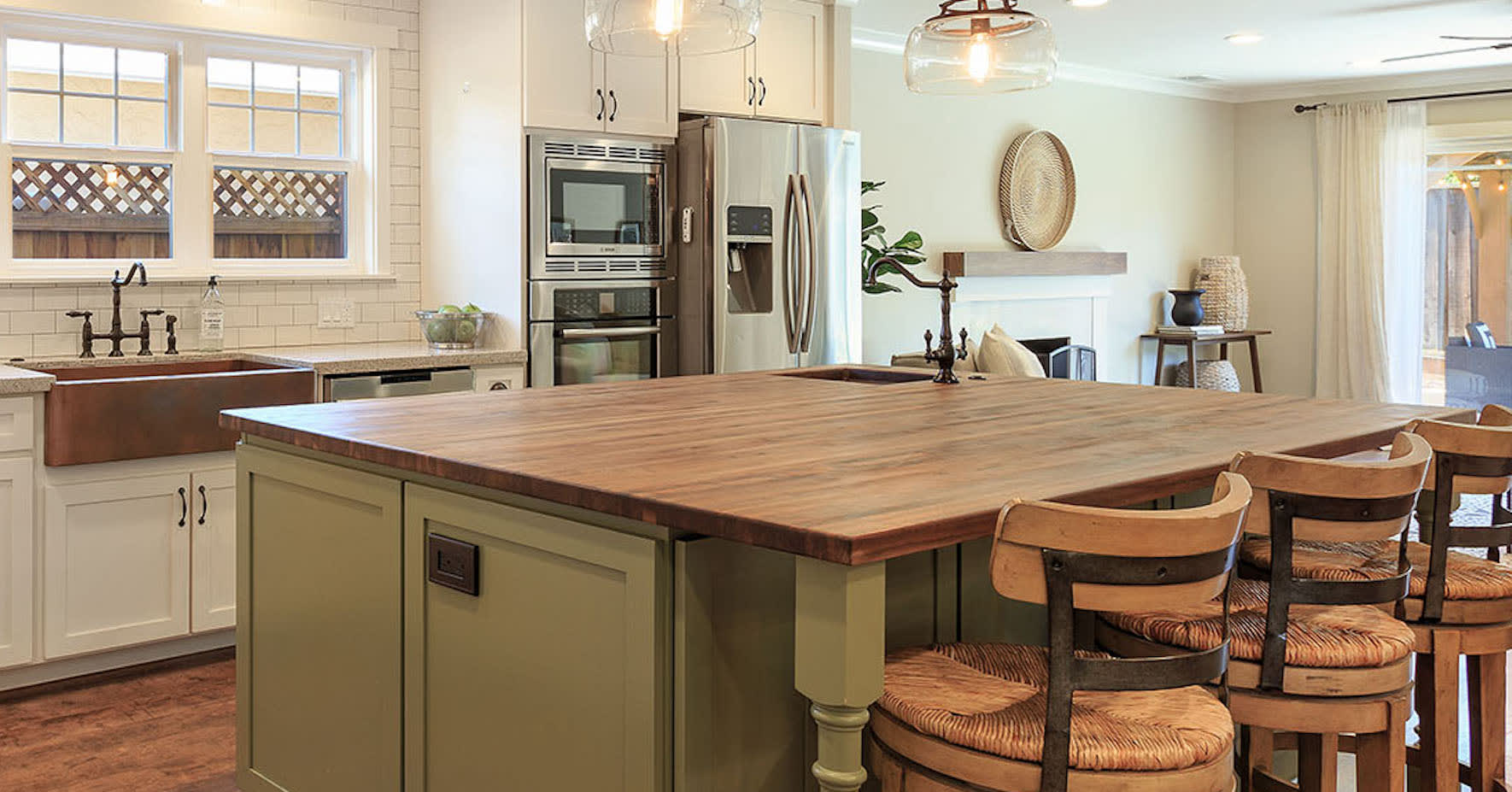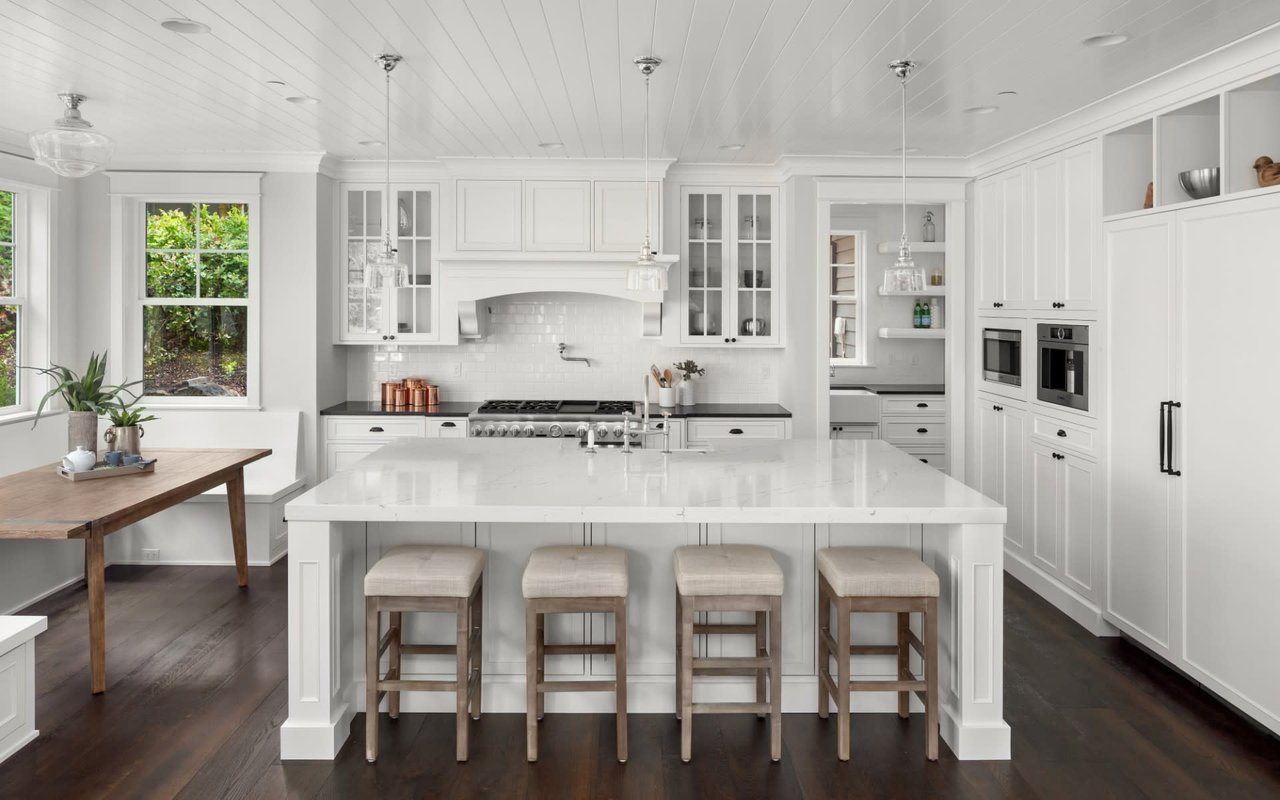Countertop Choices
There are so many options on the market these days for kitchen countertops, in the real estate community we often get asked by clients which are best. Well, that all depends on how you use your kitchen and aesthetically what appeals to you. There are advantages and disadvantages to everything, so today I thought I’d do a review of the top products currently in play.
Granite
Granite is a rock that was formed long ago when lava seeped into the existing rock that contained the minerals quartz and feldspar. There’s plenty of it. It makes up a significant portion of the continental crust and there are many variations in colors depending on what part of the earth it came from and the amount of quartz and feldspar present in it. For background, quartz is a hard mineral that is honed into many products, including semi-precious stones, and feldspar is another mineral and is used in making glass and ceramics – think tile, tableware, and pottery. Interestingly, it is also the ingredient in two excellent cleaning products, Barkeepers Friend and Bon Ami, which allow the cleaning of delicate surfaces without scratching. Back to granite.
Granite is porous so it should be sealed to protect the look of the stone. Granite sealer is easy to use, just spray on, let sit for a minute and wipe clean. The directions on many sealers say to repeat until water beads on it, I tend to use two coats once a year since my main concern is oils and soaps discoloring the stone. When you think of granite you should just think of rock. It can chip but not easily. It can withstand high amounts of heat so feel free to place your hot pans straight from the oven directly on it, it was formed by lava after all. It can scratch, but not easily. Certain grades of steel wool could scratch it and some cleaning products with harsh chemicals could etch it (seep in and discolor). Stick to basic household cleaners and/or test in small spots first but overall your countertops are very durable. If it ever does get an etched or chipped call a professional to repair it.
Quartz
Quartz countertops are a man-made product. These engineered slabs contain particles of granite, marble, and other natural stone as well as recycled materials which could include ceramics, glass, mirrors, and actual quartz. All the ingredients are held together with a cement-based binder and fabricated into a beautiful product. Because it is fabricated, the choices for design in quartz are endless and new patterns and styles are coming out all the time. There are many manufacturers of quartz all over the world, so no shortage of supply for this type of counter either. Because it contains a binder, quartz differs from granite in that it is not permeable, so it never needs to be sealed and it is more resistant to chipping and scratching. However, it is not as heat tolerant as granite so you do need to be mindful of what you place on it to avoid yellowing or browning the product.
There are several brand names of quartz that can confuse the public into thinking it is a different or superior product. These include Ceasarstone, Silestone, Terastone, Cambria Quartz, Corian Quartz, and about 75 others. They all have licensed the same manufacturing technique from one company, Breton, located outside of Venice, Italy.
Quartzite
Quartzite is a hard stone that was formed long ago and exists in various locations around the world. It has been mined and used industrially for many years and in more recent years, for kitchen counters. It is harder than granite and less porous but it still can stain so seal it to be safe. Quartzite has become a popular alternative to marble because it has a similar nearly white look to marble with grey threads running through it but it is much more durable. It also exists in fantastic colors that are a nice reminder of how awesome nature can be.
Sandstone
Sandstone is a natural stone comprised of sand-sized grains of clay, quartz, feldspar, and other minerals. It will always be in creamy white to yellow-orange and brown tones which gives it a warm look. It has beautiful swirls and stripes just like moving sand art so it makes for a striking island in a kitchen. It is a soft and very porous stone so it will need to be sealed regularly to prevent discoloration. It will etch from acid so it is not a good idea to place cut citrus on it or use vinegar to clean it. If it is in a heavily used location with lots of activity then set your expectations for a counter that shows the history of the room over time and call the flaws ‘character’ instead.
Limestone
Limestone is a natural rock made of layers of sediment primarily consisting of skeletal fragments of marine organisms. It is a beautiful product that comes in creamy sand-colored shades and also grays. Since it is a naturally occurring rock, it tolerates heat but it can scratch easily and it is very porous so it will absorb liquids easily and it will etch from acidic liquids like lemon or lime juice. So be sure to seal it. One interesting note, travertine is a banded form of limestone that is formed along streams, waterfalls, and springs.
Soapstone
Soapstone is a natural rock primarily made up of talc along with several other minerals. The talc is what gives soapstone its creamy, milky appearance. Although it is a soft stone it is very durable from a staining perspective because it is completely non-porous and unaffected by acid. So you don’t need to worry about sealing it or placing food or acidic items like lemons or limes on it and you can clean it with vinegar if you like. Just don’t cut your food on it, it will create tiny scratches and, as with any stone, it will dull your knife. If you are like me and don’t love water stains albeit temporary around your sink, this is a great stone to consider since water won’t penetrate it. As for heat, put anything you like on it, just like granite it is a natural stone that was formed by heat long ago.
Marble
Marble is a natural stone created by intense heat and pressure. It is one of the most timeless and elegant stones for counters however it is also one of the softest stones so it does require care. It stains and etches and scratches more easily than other stones – even a belt buckle up against it can scratch it. In addition to sealing it, all wines, acidic products, vinegar, and dark liquids should not touch the surfaces to maintain their pristine white color.
Butcher Block
Natural anti-bacterial properties that exist in the wood make butcher block counters a great choice. There have been studies in the past showing wood cutting boards to be safer than plastic ones when it comes to e-coli, listeria, and salmonella so why not deck your whole kitchen or at least your island in it? I love the warmth butcher block brings to a kitchen. The kitchen is always where people gather so why wouldn’t you want the design to have warmth to it. For wood choices, go with the look you want, Brazilian Cherry is one of the hardest. Maple is hardwood and has a clear grain. Red oak is a hard oak and offers a rich color. You may still want to use a cutting board to protect the surface depending on the look you are going for in your kitchen. As far as maintenance, it is a good idea to sand and oil with mineral oil twice a year to seal and stop moisture from penetrating the wood.
Concrete
Concrete counters and concrete floors in homes have become popular over the last 10-15 years but are still not widespread so when you do see them, it’s got a uniqueness to them. And for that matter, every pour is unique so you truly will have a one-of-a-kind product depending on what acid stain you choose for coloring and patterns. It’s extremely hard but it is porous so you will want to seal it. It won’t easily scratch and it can tolerate any amount of heat unless you have sealed it with a sealer that warns against heat. Poured correctly, you won’t have cracks or seams so for large islands where you may have a seam in your stone or quartz you won’t with concrete.
Porcelain
The newest trend on the rise has old roots in the form of tile. This porcelain is not your childhood home’s kitchen tile though. Poured porcelain is as diverse as quartz because it too is fabricated. It can look like any of the above-mentioned products plus it’s got all the good qualities of them and none of the bad. Porcelain is known as the most durable flooring tile product, it is no wonder it’s finally made its way to the kitchen counter. Glossy, matte, smooth, textured, dark, light, marbled, get it any way you can imagine and plan for no maintenance and zero worries at a low cost.
Interested in exploring your options in person? I like
All Natural Stone in San Jose, CA. Ask for an appointment with Jeff Cassingham, his knowledge and design instinct is the best.
